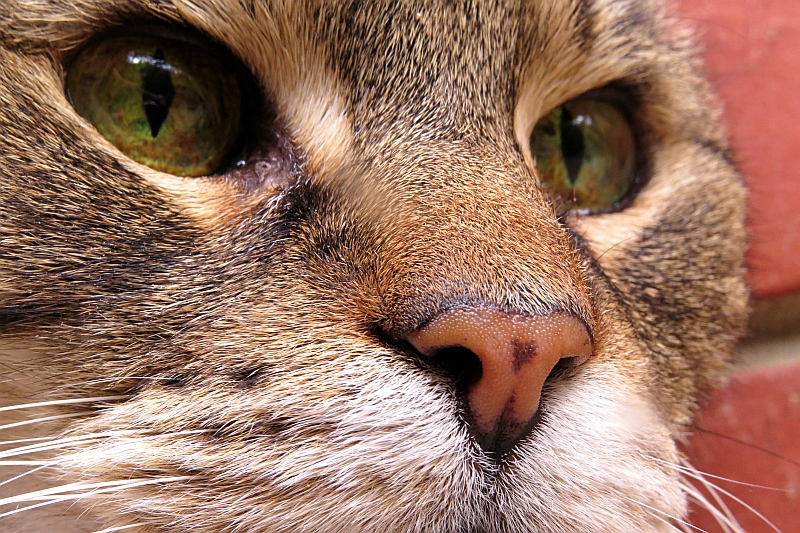The world’s second most popular pet, cats have been part of human existence for thousands of years, but are particularly well-suited, as pets, for the modern city dweller. So, where did the fluffy feline come from? Who are its ancestors, and how did it come to be a domesticated animal?
The domesticated cat can be traced back to the ancestors of the Near Eastern wildcat which is still part of the desert landscape of the Middle East. There is a certain lineage of these species of feline which paved the way for today’s domesticated cat; this split in the genetic makeup of this feline is estimated to have happened between 70,000 to 100,000 years ago. This does not mean that there were domesticated cats around that time. The domestication of these wildcats happened around 10,000 to 12,000 years ago when humans captured the wild cats. This was around the same time when people started to settle down and farm.
As humans began to migrate out of the Fertile Crescent (the area of the Middle East occupied by early farmers), the domesticated cat also found its way outside of the region and spread throughout the ancient world. The oldest archaeological evidence places the domestic cats in Cyprus at around 9,500 years ago.
In farming societies of the ancient world, cats would have been a great asset for protecting stores of grain and other food stuff from rodents and other small animals, and as obligate carnivores, cats make the perfect protector of food for people. Additionally, their independence, and general lack of interest in people, makes them an ideal domesticated animal to have around.
Cats in the Ancient World
It is almost universally known that cats have been revered by many ancient cultures, especially that of ancient Egypt, where they even had a cat god, Bastet (the goddess of protection, joy, dance, music, family, and love). The cat has also been a major figure in ancient Greece, China, Peru, and many other civilizations. Interestingly, the word cat also owes its origins to Egypt as the North African word for cat is ‘quattah’.
But it hasn’t been all roses for this domesticated feline. In Medieval Europe cats were hated fiercely. They had become to be associated with witchcraft and heretics, and there was even the belief that the Devil could transform himself into a black cat and roam unnoticed among the population. Over time, the negative association fell by the wayside, and the domesticated cat gained a new position among humans as an aloof and independent companion that likes to lay about but still has the killer instinct of its wild ancestors.

